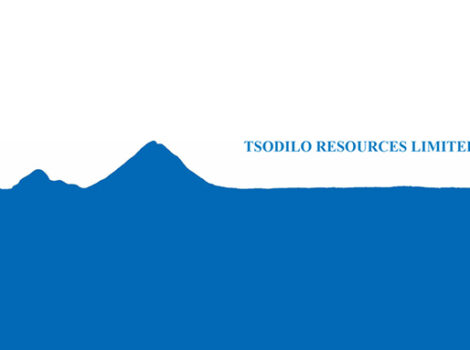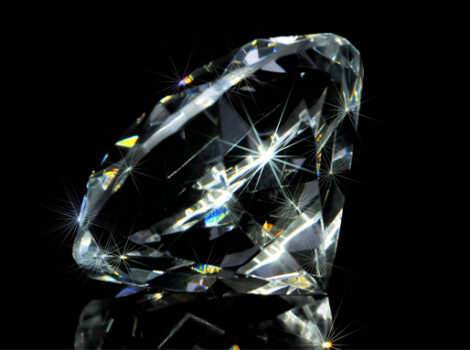
Australian copper miner Sandfire Resources’ dream of harvesting copper from the untapped zone of Kalahari Copper Belt lives on as Botswana’s anti-trust body has given it the go-ahead to merge with local explorer MOD Resources, which holds licenses for the much sought-after area in the western part of this country.
MOD’s exploration projects in Botswana can be traced as far back as 2012. The explorer secured extensions for key joint venture prospecting licenses covering the T3 copper project surrounding 950km², T3 expansion project in the Kalahari Copper Belt. MOD has garnered 11,700km2 of prospective copper and is currently active at six key projects designed to advance three resource development projects (T3 Pit, T3 Underground and T1 Underground).
The area of interest, the Kalahari Copper Belt, contains tons of copper and silver resources inside the 1,000-kilometre belt running south west to north east. Foreign companies are already pouring billions of Pula in investment. Sandfire’s takeover of MOD wasn’t cheap. The Australian explorer had to pay the Botswana-focused copper dealer over P1 billion in what was described by Australian media reports as “scrip and cash deal.”
Sandfire’s initial bid was reportedly turned down, forcing the explorer to up it from 0.38 Australian Dollars (A$) to A$0.45, an 18 percent hike. At first, the bid was said to be a P630 million all-share takeover offer, but MOD Australia – parent company of the local explorer negotiating on the deal – said Sandfire’s offer undervalued the firm and its assets.
Sandfire Resources’ cornerstone asset is the high-grade, low-cost DeGrussa Copper-Gold Mine in Australia. The Australian company has an interest in the Black Butte copper project in Montana, USA. Now Sandfire is aiming for the “highly prospective, dominant landholding on the under-explored Kalahari copper belt in Botswana.” According to information from the Australian bourse, combination of Sandfire and MOD will leverage the strengths of both companies to both optimise and de-risk development.
When Boseto mine owners, Discovery Metals Limited, dumped a project it had spent P1.75 billion on, US-based Cupric Canyon Capital found a treasure from the trash and purchased the mine. Boseto failed due to over-reliance on the unsustainable diesel generation, which constituted 35 percent of the mine’s operating costs.
An observer who spoke to the WeekendPost highlighted that unlike the failed Boseto and its use of energy, Sandfire has a very positive track record showing their commitment to the use of renewables and solar hybrid in mining activities like the use of solar hybrid at their DeGrussa Copper mine in Western Australia. The Boseto mine used 17.1 million litres of diesel to generate its electricity, a P26 million monthly spend which led to its mothball.
Sandfire’s descend on the Kalahari desert was made more possible this week by a decision by Competition Authority to let the Australian explorer merge with MOD Resources, the company holding the Botswana licenses. Competition Authority, in its adjudication, found that the proposed transaction is not likely to result in the prevention or substantial lessening of competition, nor of endangering the continuity of the services offered in the relevant market.
Furthermore, according to the Authority, no public interest concerns have been identified before it unconditionally approved the proposed acquisition of the entire issued share capital of MOD Resources Limited by Sandfire Resources NL. Competition Authority also stressed its approval does not override or negate any other mandatory statutory approvals or processes that any of the parties to this merger must comply with under the laws of Botswana.
Source: weekendpost.co.bw



